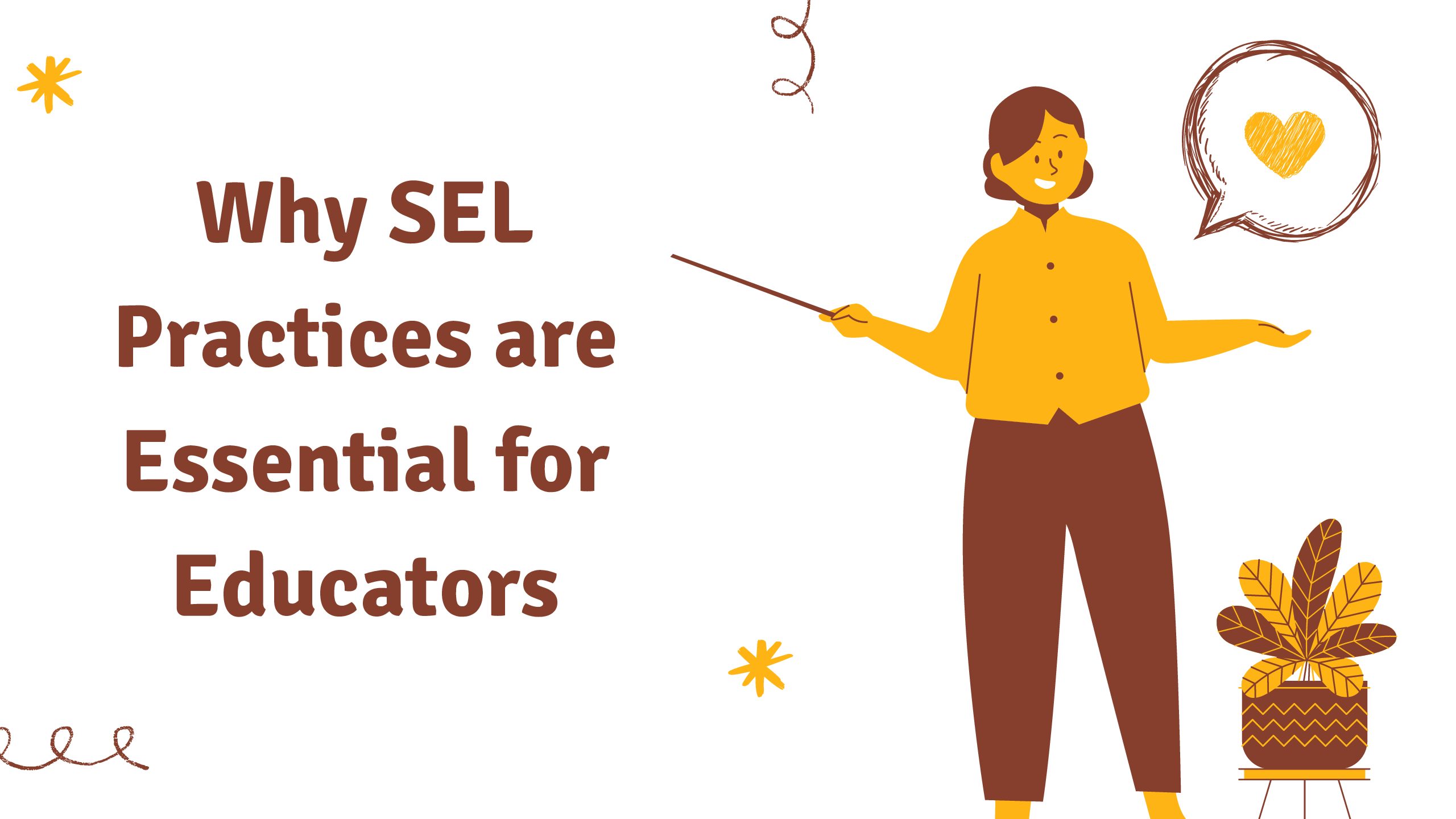According to the organization CASEL, Social Emotional Learning (SEL) is the “the process through which children and adults understand and manage emotions, set and achieve positive goals, feel and show empathy for others, establish and maintain positive relationships, and make responsible decision.” Teachers and even entire school communities utilize SEL practices with their students.
Margot Taylor, a former teacher and now bilingual coordinator at Chappell Elementary School, has experienced the many benefits of using SEL practices in her classroom and in her current role. “I currently have about 103 bilingual pre-k through 8th grade students that I work with every day. Even though I’m no longer in a classroom, a lot of my work still involves SEL because I’m co-teaching, doing pull-outs, and collaborating with teachers.”
Collaborating With Teachers to Utilize SEL Texts

Margot has participated in the Rochelle Lee Teacher Award program for the past two years, as both a study group member and study group leader. During her time in the Chappell study group, her and her colleagues used the popular texts by Carla Tantillo Philibert, Everyday SEL in Middle School and Everyday SEL in Elementary School.
These texts divide SEL self-regulation strategies into two different categories: cool down while refocusing on one’s self and energizing yourself. Margot finds both these strategies useful when working with her students, “a lot of times in SEL texts the focus is on the calming side, which is really valuable but doesn’t always address every kids needs. Because a lot of times kids need more energy and dividing into self vs group is helpful to distinguish who needs what in one classroom.”
“I particularly enjoy the energize yourself strategies because it focuses on individual and group techniques. For example, it asks students to think: I recognize I have low energy and need to re-energize myself . It also allows teachers to address the entire classroom as say, we as a group need to cool down, refocus, and regroup or our entire classroom has low energy and we need to re-energize together,” Margot explains.
“I believe that SEL texts are essential for all educators to use. For example, you don’t expect a teacher to just know how to teach math. You take courses during college to learn how to teach it. So why do we expect teachers to automatically know how to teach students how to get along, how to self-regulate, and how to be a kind human being without explicit instruction on it?” Margot exclaims. Her time spent analyzing these texts as a study group leader has made her realize she’d like to help continue in integrating more systemic SEL practices in her school and see these happen across all schools.
How Teachers Are Integrating SEL In E-Learning
Before schools closed for the reminder of the year in March due to the COVID-19 pandemic, Margot and her Chappell colleagues also used the popular SEL texts Calm Classroom and Second Step. Chappell continued to do Calm Classroom everyday through e-learning from March through the end of the school year. “We intentionally did this so students had something very consistent and supportive they could look forward to every single day.” says Margot.
“One grade-level teacher at Chappell had a quick check-in every day on her Google Classroom. This check-in mirrored a POP chart (or quick emotional check-in). This chart gives students an option to choose if they are having a good day, not having a good day, etc. This is one-way these strategies can be used online. I wish that we could have follow up conversations if students select they aren’t doing well but those aren’t in place now.” Currently, only social workers and counselors can talk 1-1 with students due to guidelines and certain limitations that e-learning provides.
Looking ahead to the fall, Margot says “I definitely would continue doing this, but I think it could be even more robust. We could have teachers have conversations with individual conversations with students about their feelings. Hopefully, e-learning guidelines will become more robust if we do have to continue virtual learning in the fall so educators can start incorporating more SEL practices again. It is tricky balance because we can’t put children at risk over e-learning.”


